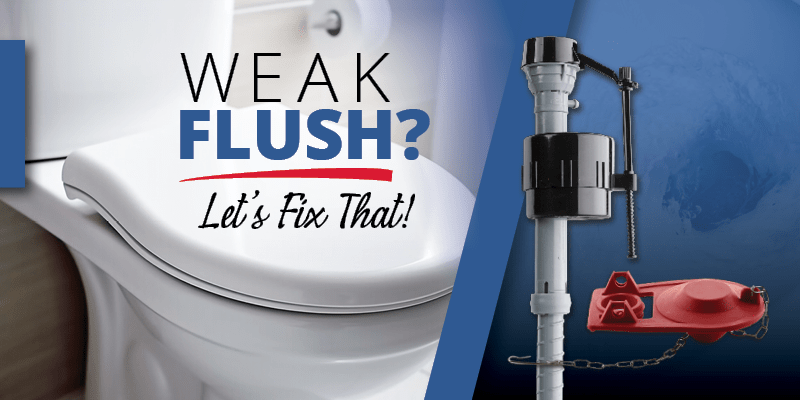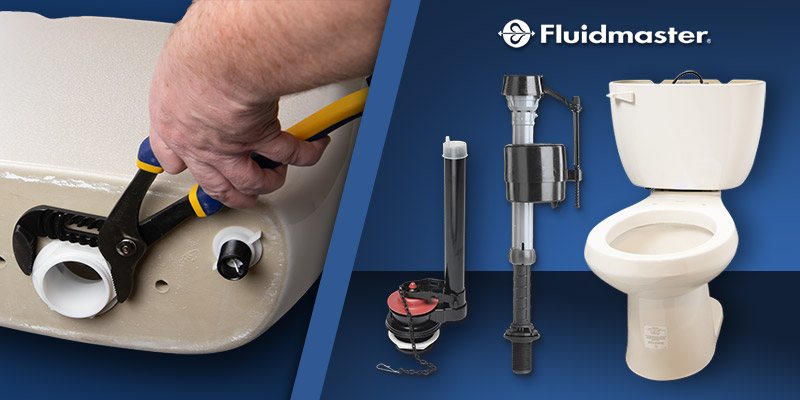Weak Flush? Let's Fix It!

Water-conserving plumbing fixtures deliver many benefits for property owners and for residents. Over time, equipment starts to operate less efficiently. Learn how to quickly and easily diagnose and resolve one of the most common residential plumbing concerns and get the most from modern plumbing fixtures.
Residential plumbing fixtures are more efficient today than ever before. Every new water-saving fixture installed means more water conserved. And, for multifamily communities, the benefits go far beyond conservation. Updated fixtures also mean less wear-and-tear on equipment and pipes and substantial operational savings in time and maintenance costs.
Over time, plumbing fixtures lose efficiency. Weak flush is a sign that a toilet is not working as efficiently as it should. When the water coming into the toilet bowl is not enough to take everything away, this inefficiency can lead to avoidable toilet clog service calls and water damage from overflows.
The good news is, in most cases, the causes of a weak flushing toilet are easy to correct. Let’s troubleshoot and fix that weak flush!
Troubleshooting Weak Flush
A weak flushing toilet can be caused by a few different things:
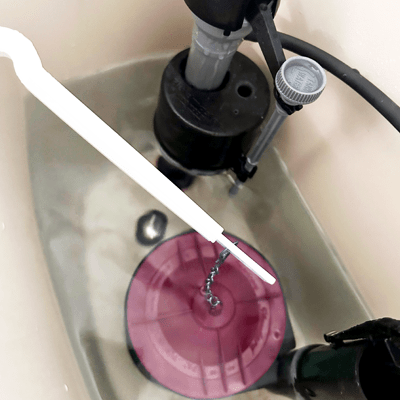
Tank Water Too Low
If the water level in the tank is more than an inch below the top of the overflow pipe, the toilet may not be pushing enough water through the bowl.
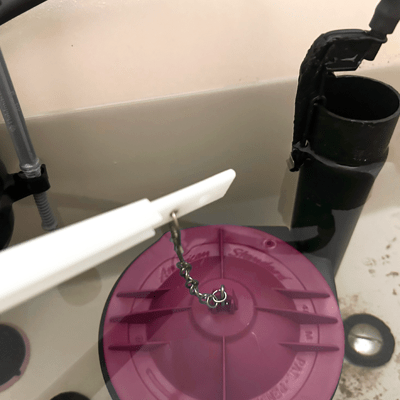
Flapper Closes Too Fast
If a toilet flapper is closing too fast while flushing, not enough water is getting into the bowl to allow for a complete flush.
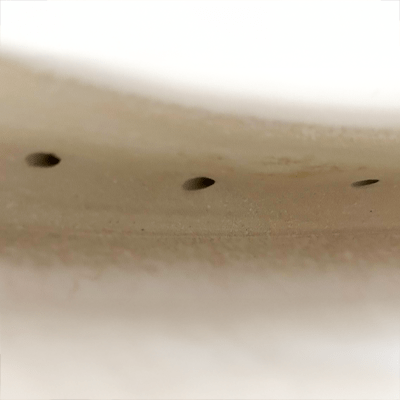
Mineral Buildup
Lime, calcium, and other naturally occurring minerals may build up under the rim of the bowl, clogging jets. These clogs reduce water pressure and flow.
WEAK FLUSH FIX 1: Raise the Tank Water Level
First, check for leaks. If there are no leaks, fixing the water level in a tank is simple:
- Increase the water level using the adjustment screw on the fill valve.
- If necessary, adjust the height of the fill valve.
Both of these weak flush fixes will increase the water traveling through the toilet with each flush. This step will improve a weak flush, but may not resolve the issue. Time to check the flapper.
WEAK FLUSH FIX 2: Adjust That Flapper
This is a simple fix, but not all flappers are created equal. They come in different sizes and styles. There are even flappers that only work in specific tanks. In most cases, though, if not enough water is getting through, the issue is too much slack in the flapper chain.
- Flapper chains should have about a half inch of slack in the chain.
- Too little slack, and the flapper will not seat properly.
- Too much slack, and the flapper may close too quickly.
Adjust the slack in the flapper chain and check the flush function. The toilet should be working better, but to make sure the flush is as strong as it can be, time to look under the rim.
WEAK FLUSH FIX 3: Clean Those Jets
Some modern toilets do not have jet holes under the rim. If your model does, follow these steps carefully to clear any obstructions from the fill jets without damaging the toilet.
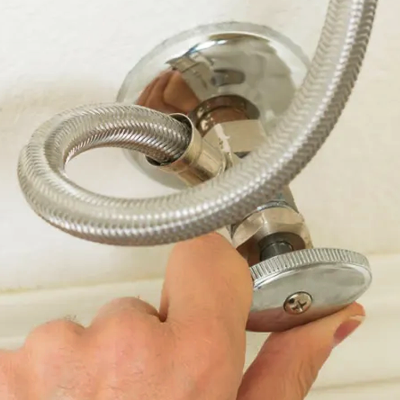
Empty the Tank
- Shut the tank water supply valve off.
- Flush and hold the flapper open to allow most of the water to drain from the tank.
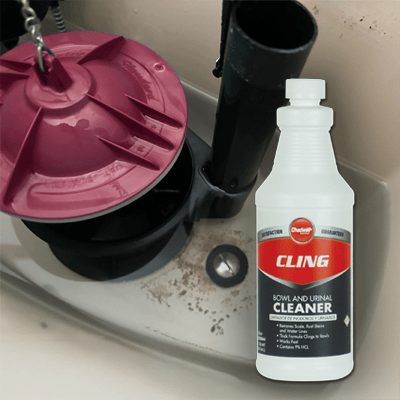
Clean the Flow System
Using Chadwell Supply’s Cling (#352044) or a similar toilet bowl cleaner:
- Follow the manufacturer's instructions. Use only as directed.
- Wear proper PPE.
- Wipe up any spills immediately.
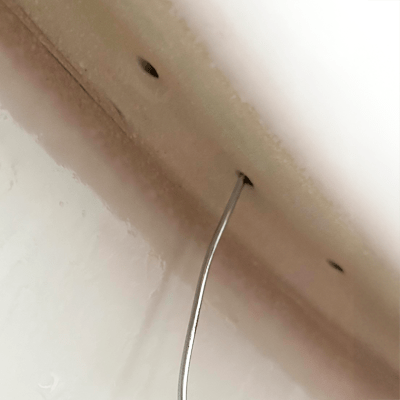
Unblock the Jets
- An easy way to clean the jets is using a wire hanger. Be sure to use proper safety equipment, including gloves.
- Gently push the wire into the rim jets.
- Carefully work the hanger in and out of the jets to remove remaining buildup.
Once all three steps are complete, turn the water back on, let the tank fill, and flush several times to remove any remaining cleaner or mineral deposits. Check flush pressure. There should be more water moving through the toilet, and it should be moving at a higher pressure.


